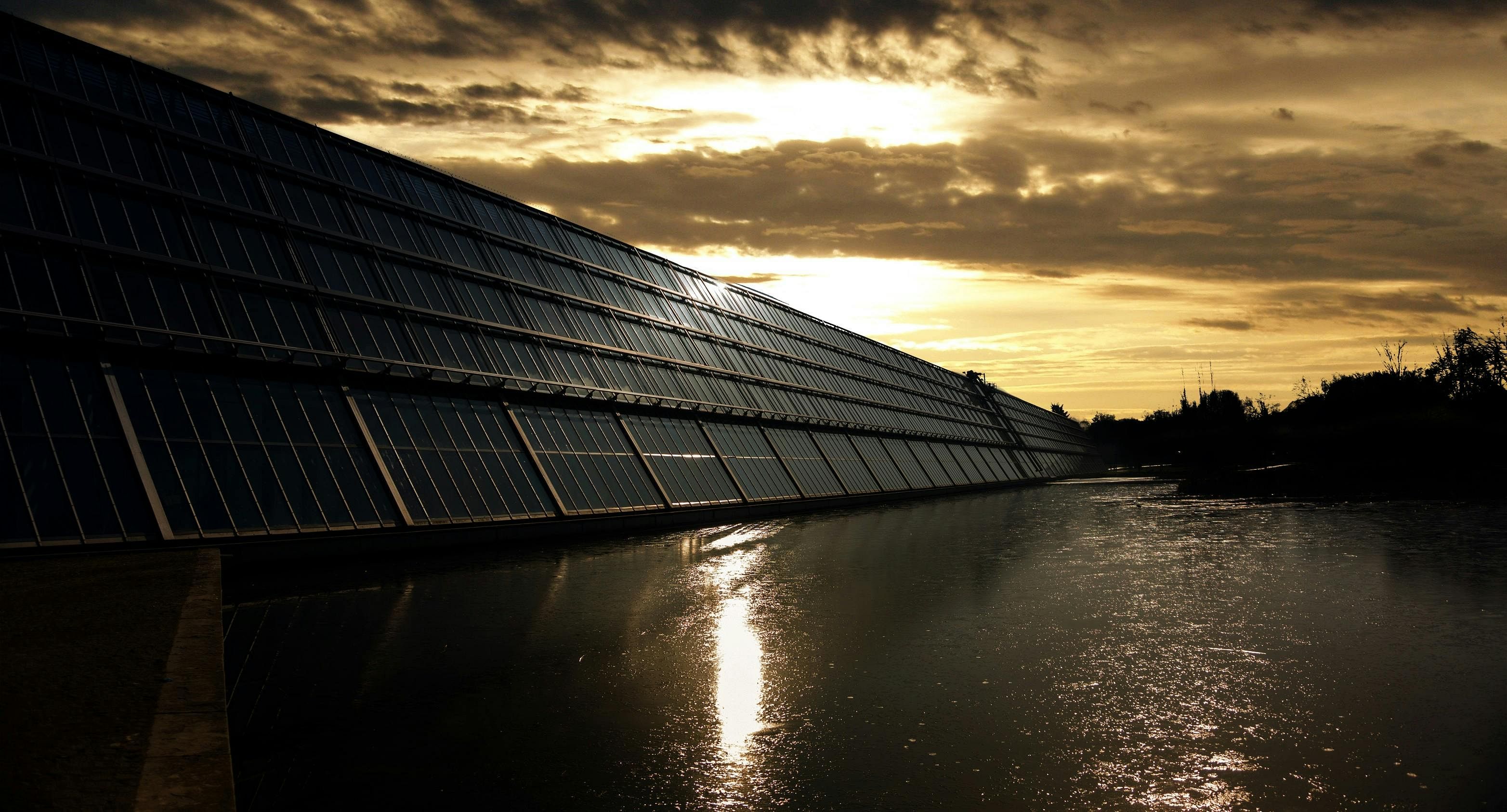
As the universal agricultural landscape scuffles with resource inadequacy, climate change, and energy necessity, solar energy integration appears as a promising substitute for sustainable practices in agriculture and horticulture. So, let us understand the various applications of solar energy in these sectors, from solar-powered irrigation and greenhouses to solar drying systems. Notably, solar energy integration into agriculture and horticulture practices can have several advantages, ranging from cost savings to environmental sustainability. Read On.
Irrigation Powered by Solar Energy
Irrigation with solar pumps can be accomplished which provides a dependable and sustainable source of electricity for pumping water for crop irrigation. The operation of the Solar Photovoltaic (SPV) water pumping system requires an SPV array with a minimum capacity ranging from 900 Wp to 22500 Wp, as measured under Standard Test Conditions (STC). According to Ministry of New and Renewable Energy (MNRE) specifications, 5HP pumps should have a pump capacity of 3750W, a solar panel of at least 4800Wp, and the controller must align with the solar panel.
SPV water pumping systems must possess a certificate with IS 14286/IEC 61215 specifications or equivalent standards at the national or international level. The major components of solar pumps are photovoltaic array (SPV Modules), AC motor pump-set, controller/inverter, and module mounting structure. Moreover, MNRE had launched the PM-KUSUM scheme in Punjab for installation of off-grid solar pumps ranging from 3 to 10 HP capacity (AC) both surface and submersible for irrigation in the agriculture sector This is especially useful in distant regions where grid electricity may be unavailable.
Solar Water Heating
These can provide warm water for a variety of horticultural activities including crop washing and sanitation. This helps to reduce reliance on traditional energy sources for water heating.
Solar Drying
Solar energy finds application in horticulture through solar drying systems, which offer a range of options. Solar dryers come in various shapes and structures, catering to different needs. Punjab Agricultural University (PAU) has developed a domestic solar dryer that is suitable for drying vegetables, spices, and various household items like chili, turmeric, ginger, garlic, fenugreek, papad, amla, wadian, and vegetables used in pickle making. In a single batch, it can dry up to 3 kg of products.
The drying system comprises an independent solar air heater and a drying chamber. The top of the drying chamber is hinged and contains two trays stacked vertically for placing the products to be dried. To initiate the process, the dryer is positioned facing south in an area with continuous sunlight throughout the day. It is equipped with wheels for easy mobility. Typically, the product is dehydrated within 1-4 days. When compared to traditional open-sun drying, the solar dryer significantly reduces drying time by 25-35%. Additionally, the quality of the dried product in the dryer is superior to that achieved through open-sun drying methods. In general, the technical specifications required for drying systems are a sunlight-hitting area is 2.7 square feet; a drying area in which material is placed required is 2.3 square feet; and a heating volume inside the dryer required is 0.96 cubic feet.
Electricity Storage through Solar Energy
Combining solar energy systems with energy storage options, such as batteries, allows storage of extra energy generated during sunny periods for use when sunlight availability is limited or at peak energy demand times. For inference, if a 5-kW solar panel is installed with a size battery of 10kWh and household electricity consumption during the day between 8:00 am to 6:00 pm is at 70%, then during peak sunny season, 25.6kWh is generated through the solar system, and daily 9.2 kWh electricity can be stored in a battery. Therefore, potential savings can be accomplished through electricity storage.
The above-mentioned solar energy applications can help in improving resource efficiency, developing resilience in the face of climatic uncertainty, and encouraging a more sustainable and environmentally responsible approach to agricultural and horticultural practices.














Share your comments